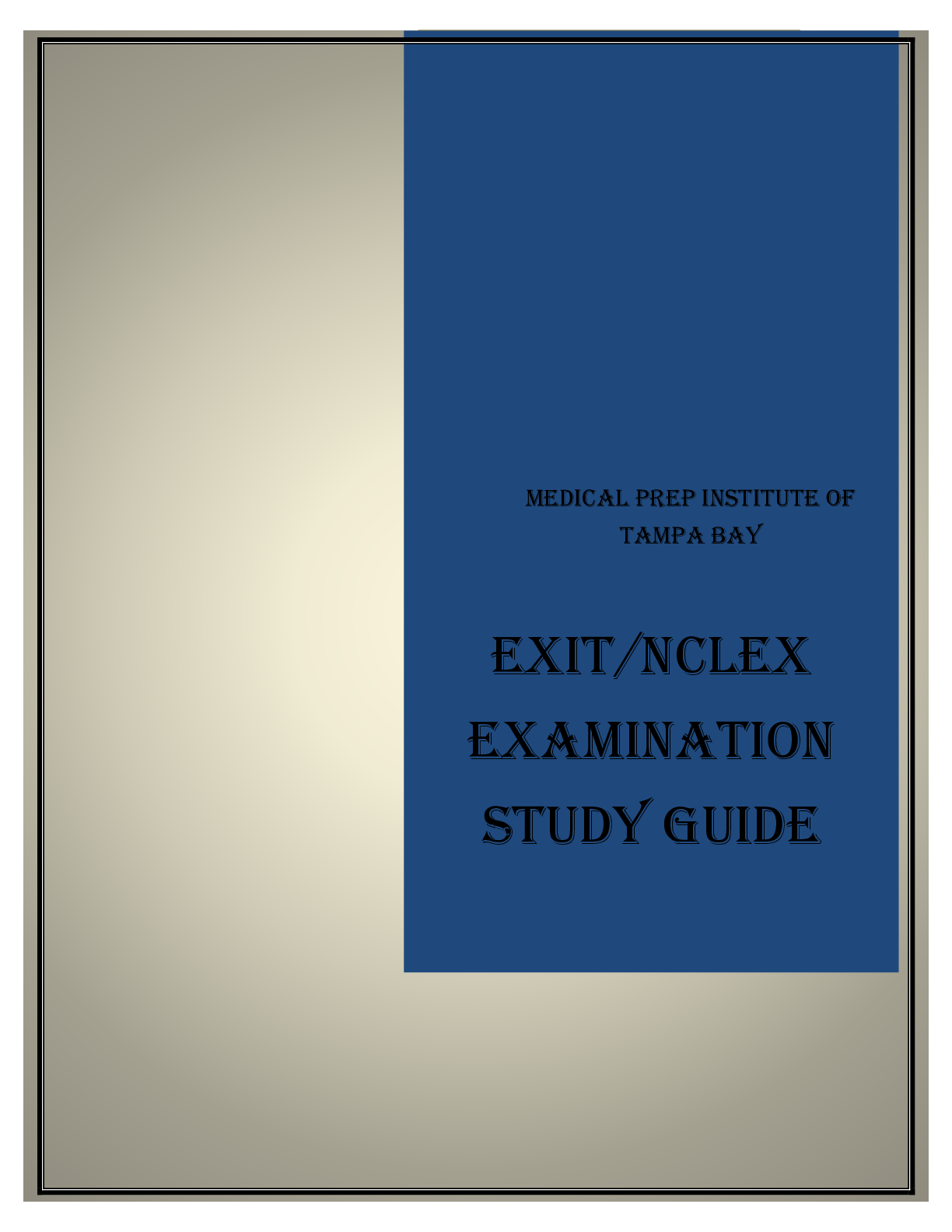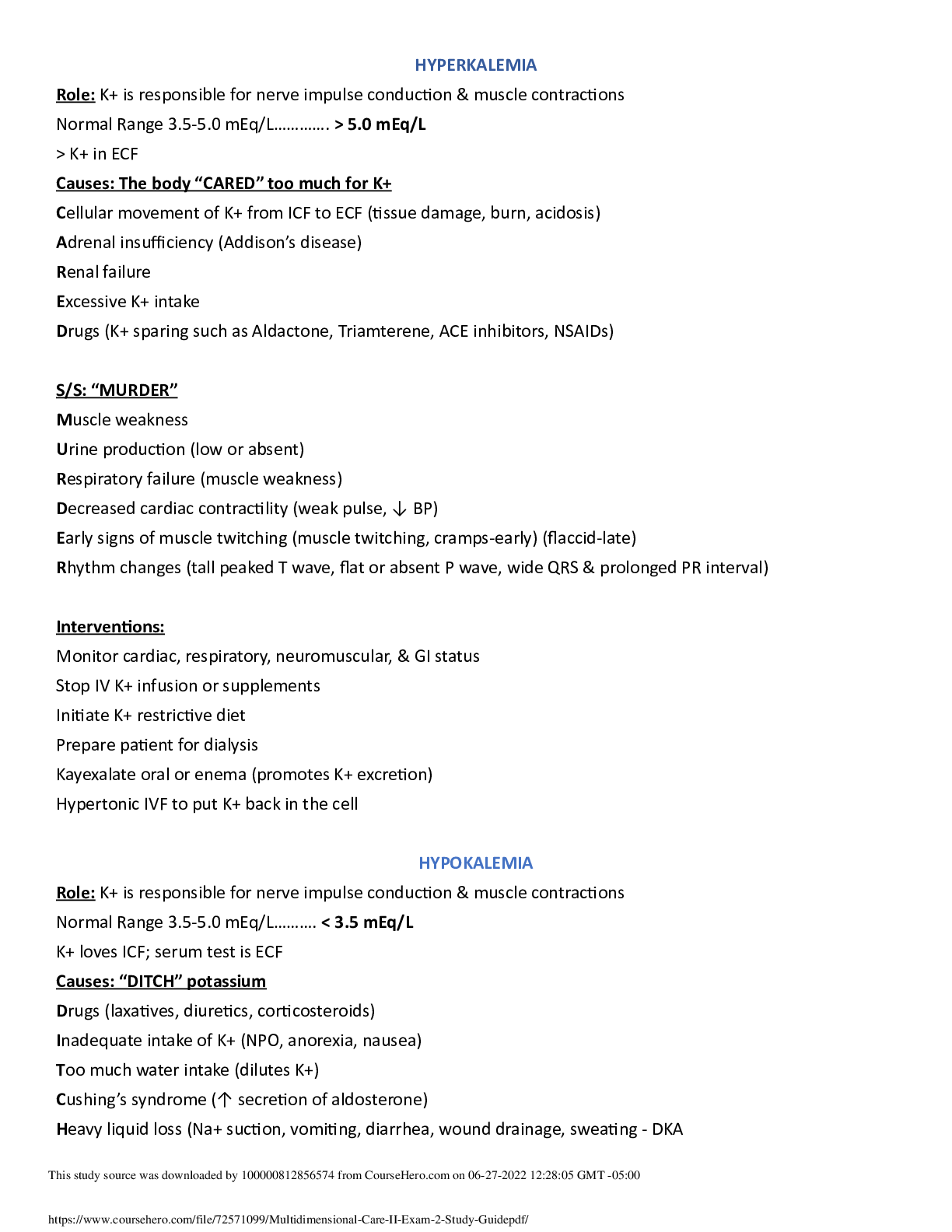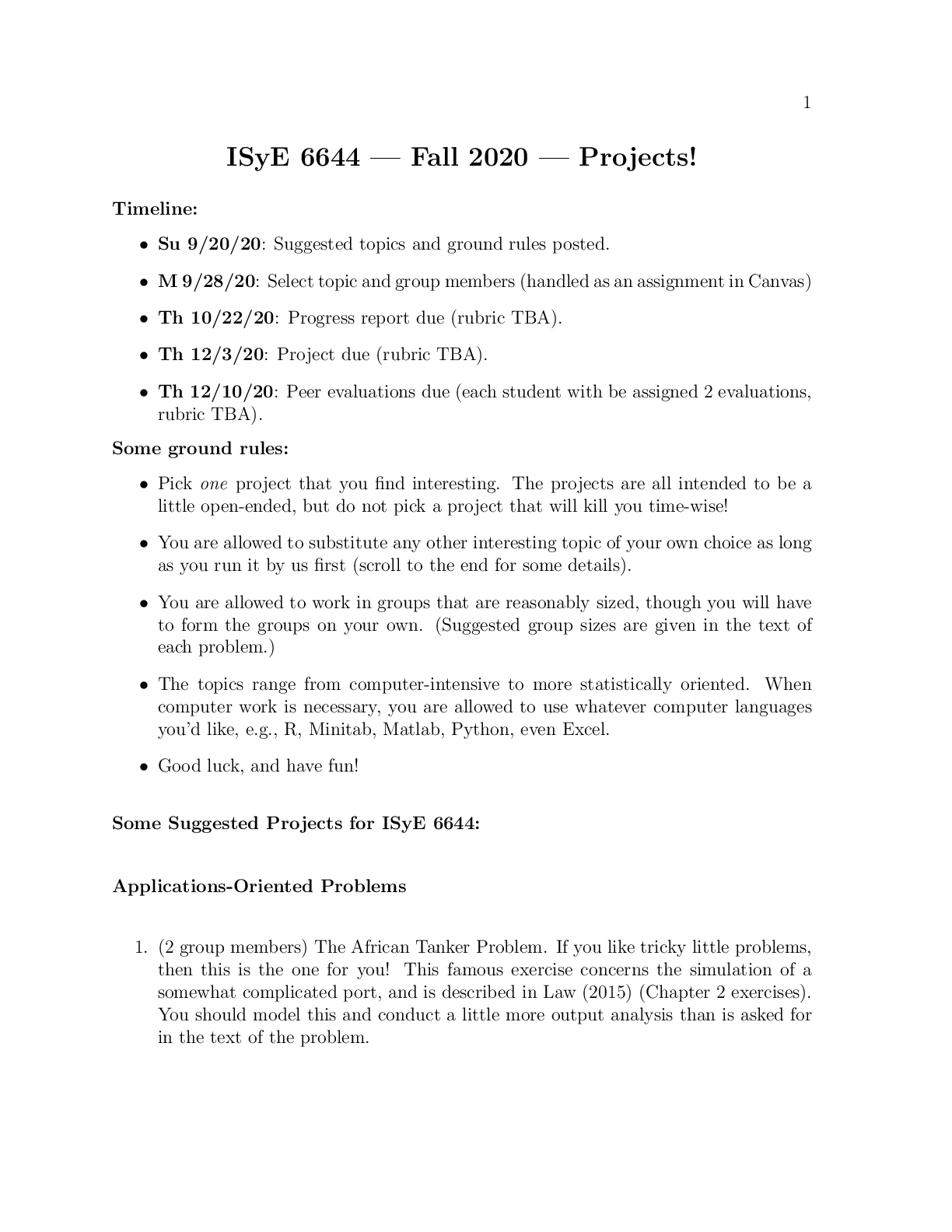Business > STUDY GUIDE > CM2_Core_Reading_IFoA_2020_Final-REVIEWED NAD APPROVED BY EXPERTS (All)
CM2_Core_Reading_IFoA_2020_Final-REVIEWED NAD APPROVED BY EXPERTS
Document Content and Description Below
SUBJECT CM2 CORE READING Contents Accreditation Introduction References Unit 1 Theories of financial market behaviour Unit 2 Measures of investment risk Unit 3 Introduction to stochastic invest... ment returns Unit 4 Asset valuations Unit 5 Liability valuations Unit 6 Option theorySUBJECT CM2 CORE READING Accreditation The Institute and Faculty of Actuaries would like to thank the numerous people who have helped in the development of the material contained in this Core Reading. Introduction The Core Reading manual has been produced by the Institute and Faculty of Actuaries. The purpose of the Core Reading is to ensure that tutors, students and examiners understand the requirements of the syllabus for the qualification examinations for Fellowship of the Institute and Faculty of Actuaries. The examinations require students to demonstrate their understanding of the concepts given in the syllabus and described in the Core Reading; this will be based on the legislation, professional guidance etc. which are in force when the Core Reading is published, i.e. on 31 May in the year preceding the examinations. Examiners will have this Core Reading manual when setting the papers. In preparing for examinations students are advised to work through past examination questions and may find additional tuition helpful. The manual will be updated each year to reflect changes in the syllabus and current practice, and in the interest of clarity.CM2 References CS1 Actuarial Statistics 1 CS2 Risk Modelling and Survival Analysis SP5 Investment and Finance Principles SP7 General Insurance: Reserving and Capital Modelling Principles Formulae and Tables for Examinations Johnson, T. (2017). Ethics in Quantitative Finance: A Pragmatic financial market theory. Palgrave Macmillan. Davies, M. (2006). Louis Bachelier’s Theory of Speculation: The Origins of Modern Finance. Princeton University Press.Subject CM2 Theories of Financial Market Behaviour 2020 © Institute and Faculty of Actuaries Unit 1, Page 1 UNIT 1 — THEORIES OF FINANCIAL MARKET BEHAVIOUR Syllabus objectives Rational expectations theory 1.1.1 Discuss the three forms of the Efficient Markets Hypothesis and their consequences for investment management. 1.1.2 Describe briefly the evidence for or against each form of the Efficient Markets Hypothesis. 1 Rational Expectations Theory 1.1 The three forms of the Efficient Markets Hypothesis From the 1930s until the early 1960s, there was a widespread folklore about how to make money on the stock market. The dominant theory, going back to Adam Smith in the 1700s, was that markets are essentially fickle, and that prices tend to oscillate around some true or fundamental value. Starting with the seminal work by Benjamin Graham, traditional investment analysis involved detailed scrutiny of company accounts, t [Show More]
Last updated: 2 years ago
Preview 1 out of 228 pages

Buy this document to get the full access instantly
Instant Download Access after purchase
Buy NowInstant download
We Accept:

Reviews( 0 )
$20.00
Can't find what you want? Try our AI powered Search
Document information
Connected school, study & course
About the document
Uploaded On
May 06, 2021
Number of pages
228
Written in
Additional information
This document has been written for:
Uploaded
May 06, 2021
Downloads
0
Views
64

















